
Learn about the International Space Station, the largest space station, and its role in global research and cooperation.

Explore the essential aspects of the Big Bang Theory, including cosmic inflation and the universe's expansion.

Discover the significance of the Recombination epoch and the formation of the Cosmic Microwave Background radiation.

Discover the feasibility of observing the Big Bang and what we can learn from its afterglow, the Cosmic Microwave Background.

Learn about Earth's exact location in our Solar System, including its distance from the Sun.

Discover three essential facts about the Big Bang theory that shaped our understanding of the universe.

Explore how gravity decreases with distance from Earth and its impact on satellites in orbit.

Explore the 5 key steps of the Big Bang phenomenon from singularity to galaxy formation.

Discover the significance of China's Long March 5B rocket and its role in space exploration.

Discover how accurate the science in the Big Bang theory is and the key evidence that supports it.

Discover how the current model of the universe evolved from the Big Bang theory backed by scientific evidence and technological advancements.

Explore the origins and evolution of the Big Bang theory, from Lemaître to Penzias and Wilson.

Discover the critical events that occurred 1 billion years post-Big Bang during the Epoch of Reionization.

Explore the Big Bang theory, its evidence, and ongoing research about the universe's origin in this concise Q&A.

Explore the timeline of the Big Bang Theory, from the universe's inception to the formation of solar systems.

Discover the Hercules-Corona Borealis Great Wall, the largest known structure in the universe, spanning 10 billion light-years.

Discover why the Big Bang theory is still a theory, despite explaining the universe's origin effectively.

Discover the truth about black holes and the dangers they pose to humans.

Discover the universe's age: 13.8 billion years backed by science. Learn how we measure cosmic time.

Discover the monumental changes in the universe since the Big Bang, from galaxy formation to the emergence of life on Earth.

Explore the Big Freeze Theory and its implications for the universe's ultimate fate and expansion.

Explore the main challenges posed by Starlink's satellites on astronomy and solutions for responsible implementation.

Discover how light existed before stars, originating from the cosmic microwave background after the Big Bang.

Discover the truth about man-made objects visible from space and the myths surrounding them.

Discover which country has achieved the most significant milestones in space exploration and successful missions.

Discover the vastness of space through a unique perspective: Earth as a grain of sand and its relative distances in the universe.

Uncover the mysteries of quasars, the rarest celestial phenomena in the universe, and their significance in astronomy.

Discover the first stars and the end of the Cosmic Dark Ages that shaped our universe.

Discover what China seeks to mine on the moon, focusing on helium-3's potential for clean energy production.

Explore why the Big Bang theory is widely accepted as the origin of the universe backed by scientific evidence.

Learn how and when satellites fall back to Earth due to gravity and atmospheric drag.

Discover the theories behind the Big Bang and its origins, including quantum fluctuations and the multiverse concept.

Discover the truth behind the myth of seeing the Great Wall of China from the moon in this informative Q&A video.

Explore the Big Bang Theory, detailing the universe's origin and its expansion over 13.8 billion years.

Learn about rocket missions and payloads in space. Discover why rockets don't stay in space.

Explore the significance of April 13, 2024, as Asteroid 99942 Apophis makes a close approach to Earth. Discover observation details in this informative video.

Explore key events in the universe's evolution 1 billion years after the Big Bang, including galaxy formation and the first stars.

Explore the Big Bang theory's relevance today and how it explains the universe's origins and expansion.

Explore the Big Bang Theory and its status as a leading scientific explanation for the universe's origin.

Explore the universe's composition before Earth, including the Big Bang and cosmic evolution.

Discover how Tiangong compares to the ISS in size and structure in this informative video.

Discover whether the Big Bang is a fact or a theory backed by scientific evidence and what it means for our understanding of the universe.

Discover the best locations to observe the lunar standstill phenomenon, including Scotland and Alaska.

Discover if we can see the Big Bang through its remnants, the Cosmic Microwave Background radiation.

Explore the fascinating Dark Age after the Big Bang, a critical period in the Universe's evolution before the first stars emerged.

Explore the reasons behind the early skepticism of the Big Bang theory and its eventual acceptance by the scientific community.

Discover the scientific reasoning behind the Big Bang Theory, its evidence, and its implications for understanding the universe.

Discover what may have existed before the Big Bang and the scientific theories surrounding this intriguing question.

Learn how to safely view the Starship launch in person with essential tips and guidelines.

Explore the pivotal Cosmic Dawn that followed the Big Bang, leading to the birth of stars and galaxies in our universe.

Discover how small the universe was at 380,000 years old during the recombination era.

Discover the fascinating origins of the universe with insights about The Big Bang Theory.

Explore how Starlink satellites reflect light at night and their impact on stargazing.

Explore the main principles of the Big Bang theory and learn how our universe began and evolved.

Learn how every second in the universe sees the birth of stars and its significance in cosmic evolution.

Discover the staggering comparisons between stars in the universe and snowflakes on Earth. Learn why the cosmos is so vast!

Explore how Starlink satellites affect night sky visibility and internet connectivity for stargazers and astronomers.

Explore the Big Bang theory that explains the universe's origins and evolution in a concise summary.

Discover how large the universe was just one second after the Big Bang, its temperature, and the fundamental particles present.

Discover whether the Big Bang theory is proven and explore the scientific evidence behind it.

Explore the significant impacts on Earth if the moon were absent, from tides to weather patterns.

Explore the fate of Earth in 7.5 billion years as the Sun transforms into a red giant, potentially affecting life on our planet.

Explore the significance of Hamal, the brightest star in Aries, and learn how to observe it on April 14.

Explore binary star theory and its significance in stellar evolution, dynamics, and star formation.

Discover how Starlink satellites affect stargazing and the night sky. Learn about changes and solutions to reduce their impact.

Discover the truth about asteroid threats to Earth in 2032. Learn why experts say there's no credible evidence of a collision.

Learn about the new moon phase and why the moon is not visible from Earth during this time.

Learn if you can safely enjoy a solar eclipse outdoors with proper eye protection. Discover important safety tips!

Discover how Starlink satellites affect the night sky and what solutions SpaceX is implementing to reduce light pollution.

Discover the composition of Fermi bubbles and their connection to our galaxy's supermassive black hole.

Discover the surprising truth about water's abundance in the universe and where it can be found across celestial bodies.

Discover the powerful discoveries made by Compton's Gamma-Ray Observatory in gamma-ray astronomy.

Explore the challenges faced by the James Webb Space Telescope, including technical difficulties and delays during its development.
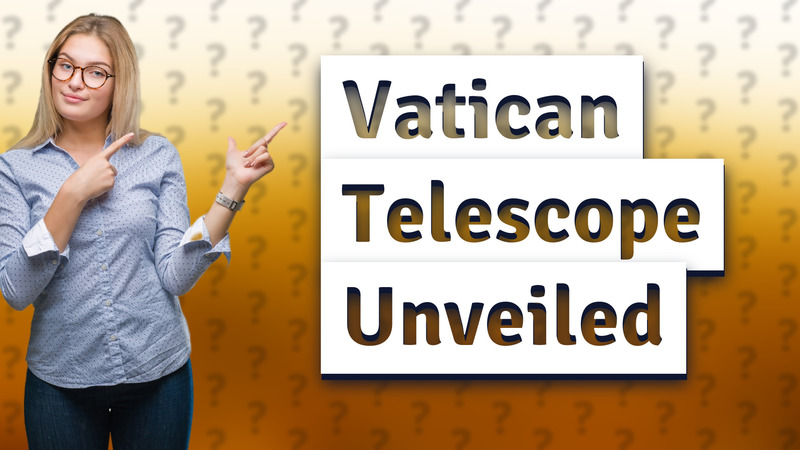
Learn about the Vatican's telescope and its role in astronomical research and science-faith dialogue.
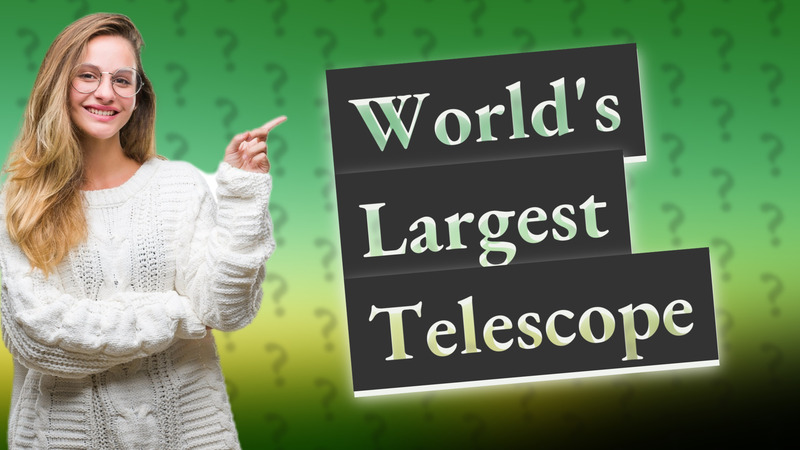
Uncover the ownership and significance of the Gran Telescopio Canarias, the largest telescope in the world, located in Spain.

Learn about the most powerful radiation in the universe: gamma-ray bursts and their cosmic significance.

Learn about the first astronomical observatory built by the Babylonians around 1800 BCE, made without a telescope.

Discover how Galileo Galilei changed astronomy by using the telescope for groundbreaking discoveries.

Explore the intriguing size of Icarus, both mythologically and astronomically, as we delve into this fascinating duality.

Learn why humanity cannot survive a black hole and the dangers of its immense gravitational forces.
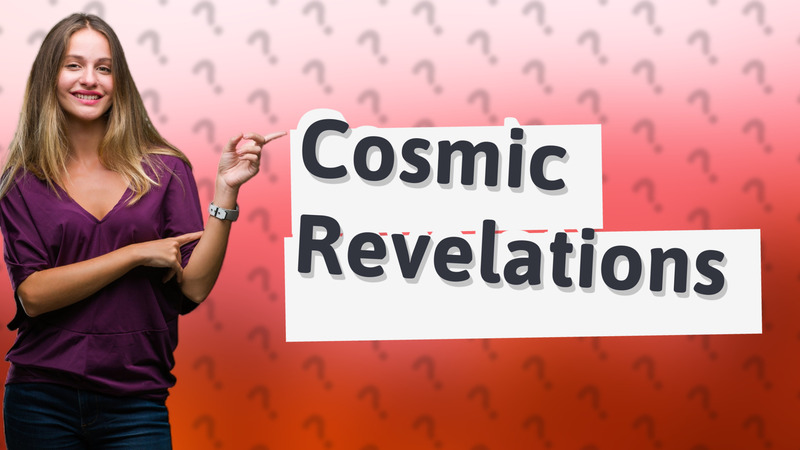
Discover key insights about the Compton Gamma Ray Observatory, its launch, instruments, and contributions to gamma-ray astronomy.
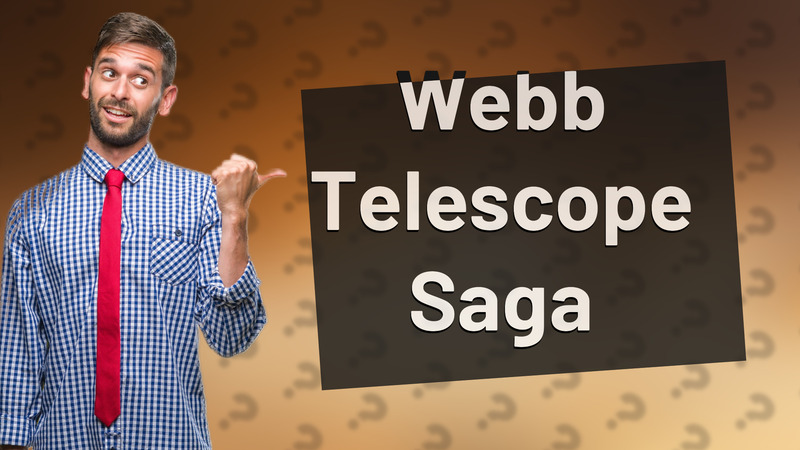
Explore the engineering challenges and delays of the James Webb Space Telescope's successful development and launch.

Explore GRB 060614, a puzzling gamma-ray burst, and its implications for astrophysics. Understand its characteristics and origins.

Discover why Galileo Galilei is known as the father of observatory astronomy and his pivotal discoveries.

Discover the immense energy of gamma ray bursts and their potential effects on Earth. Learn more about these cosmic phenomena.

Discover the unpredictability of gamma-ray bursts and how we would detect them if directed at Earth, with little to no warning.
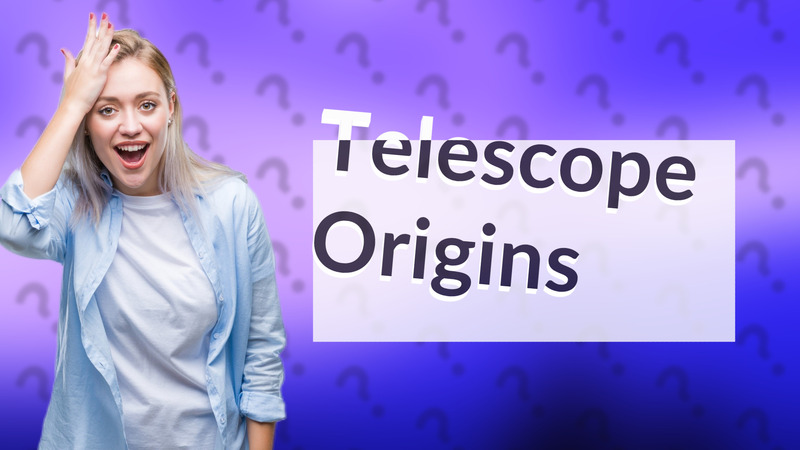
Discover the true inventor of the telescope and learn how Copernicus changed our understanding of the solar system.

Discover who operates the James Webb Space Telescope and its significance in modern astronomy.

Learn how fast gamma-ray bursts travel and their incredible energy release in mere moments.

Learn about the Hubble Space Telescope, its groundbreaking discoveries, and its impact on astronomy since its 1990 launch.
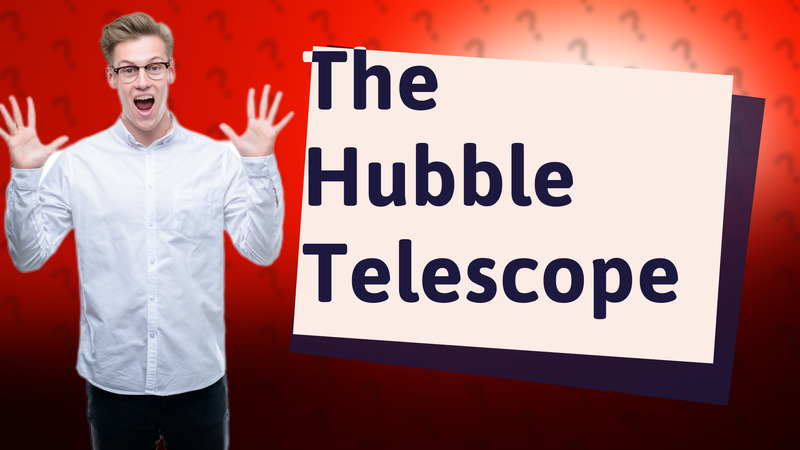
Discover why the Hubble Space Telescope is regarded as the best telescope, revealing secrets of the universe.

Explore the features and costs of the James Webb Space Telescope, the most expensive telescope to date at $10 billion.

Discover how the James Webb Space Telescope can observe the universe's earliest galaxies, revealing insights into cosmic evolution.

Learn about China's Five-hundred-meter Aperture Spherical Telescope (FAST), the largest in the world, and its role in space exploration.

Explore the powerful R136a1 star, the most luminous star in the universe, and learn about its incredible mass and brightness.

Discover the James Webb Space Telescope's incredible 20-year development and its mission to explore the universe.

Discover the team behind the Compton Gamma-Ray Observatory and its impact on gamma-ray astronomy.

Discover the theory behind white holes and whether humans have found evidence of their existence in the universe.

Discover how black holes can produce gamma ray bursts (GRBs) during stellar collapses and neutron star mergers.

Discover whether the James Webb Space Telescope can detect gamma rays and learn about its infrared observation capabilities.